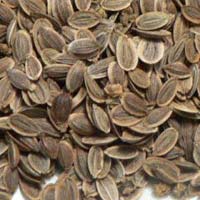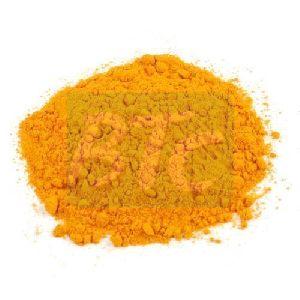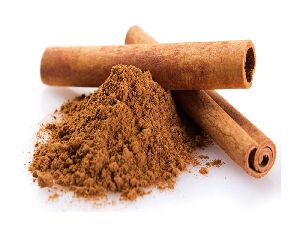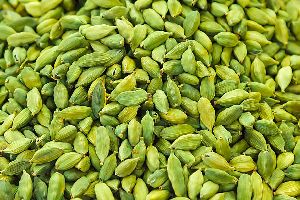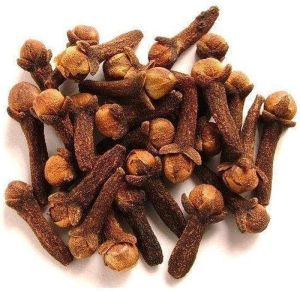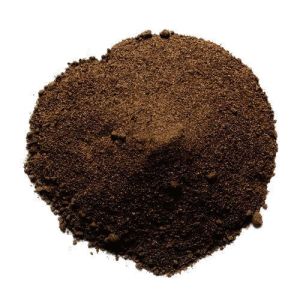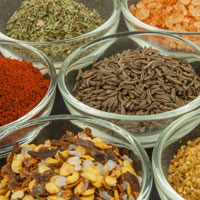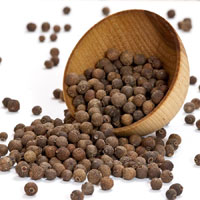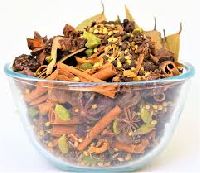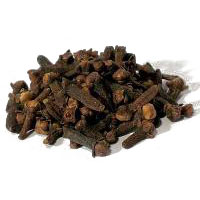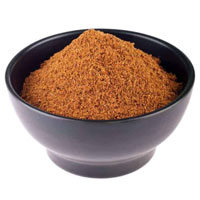Listing ID #3804477
Company Information
Ask for more detail from the seller
Contact SupplierTurmeric…In Brief
From a simple housewife in an Indian family to the hermits in the Himalaya, turmeric is associated with everyone’s lives in some way or the other. It has been used since time immoral as a food ingredient, medicine, herb, coloring agent. It is also popular as medicine popularly used as a part of home remedy, when applied on face it is said to impart a natural glow on the skin. Turmeric is one of the most popular spices of India. Almost in every dish prepared in India, Turmeric is added in it. Further, it is also regarded by the Hindus as something ‘sacred’ for use in ceremonial and religious functions. With so many varied usage turmeric is a popular product all over the world.Several unique properties of turmeric make it an ideal choice as a food flavor. It also finds use in the preparation of liquors, dyestuffs, medicines, cosmetics and toiletries. It is used as natural colorant.
The curcumin present in turmeric imparts its distinctive yellow color. In beauty enhancement, women have used turmeric paste since very ancient times. Today, it is widely used for its antiseptic and anti tanning properties. It prevents and cures pigmentation, making skin translucent and glowing, besides smoothening it. It also helps in protecting the skin from water allergy.India is the principal supplier of turmeric to the world markets producing about 1,00,000 tonnes of rhizomes per annum.
|
||||
|
||||
|
Turmeric Powder
Manufactured from the rhizome of the curcuma longa plant, turmeric powder is extensively used in Indian dishes, including lentil and meat dishes, and in south east Asian cooking. It adds a warm, mild aroma and distinctive yellow colour to foods. It is essential to curry powders, and it is also used to flavour many Indian vegetarian dishes.*Uses of Turmeric Turmeric has a long history of uses. For centuries, this aromatic spice has been widely used as a medicine as well as a spice. Its use dates back nearly 4000 years, to the Vedic culture in India where it was used as a culinary spice and had some religious significance. In Ayurveda, the traditional healing system of India, turmeric is mentioned as stomachic, blood purifier, and is useful in curing common cold, leprosy, intermittent fevers, affections of the liver, dropsy, purulent ophthalmia (inflammation of the eye), otorrhea (discharge from ear), indolent ulcer, pyogenic (forming pus) affections, wound healing and inflammation. |
|
|
Culinary Uses Besides being widely used as a spice, turmeric is also used as a coloring agent in many preparing many food items. It also finds application in canned beverages, baked products, dairy products, ice cream, yogurt, yellow cakes orange juice, biscuits, popcorn-color, sweets, cake icings, cereals, sauces, gelatins, etc. Medicinal Properties It is used to heal many health disorders ranging from liver problems, digestive disorders to the treatment for skin diseases and wound healing. Since turmeric corrects the disordered processes of nutrition and restores the normal function of the system, it is highly beneficial in curing many diseases. It is currently being investigated for possible benefits in Alzheimer’s disease, cancer and liver disorders. It is highly effective in curing many diseases including:
Interesting Facts Associated with Turmeric Yellow and orange, the colours of turmeric are regarded as special colours in Hinduism, yellow being associated with Vishnu, and as the colour of the space between chastity and sensuality. Whereas, the orange colour signifies sacrifice, renunciation and courage. |
|


